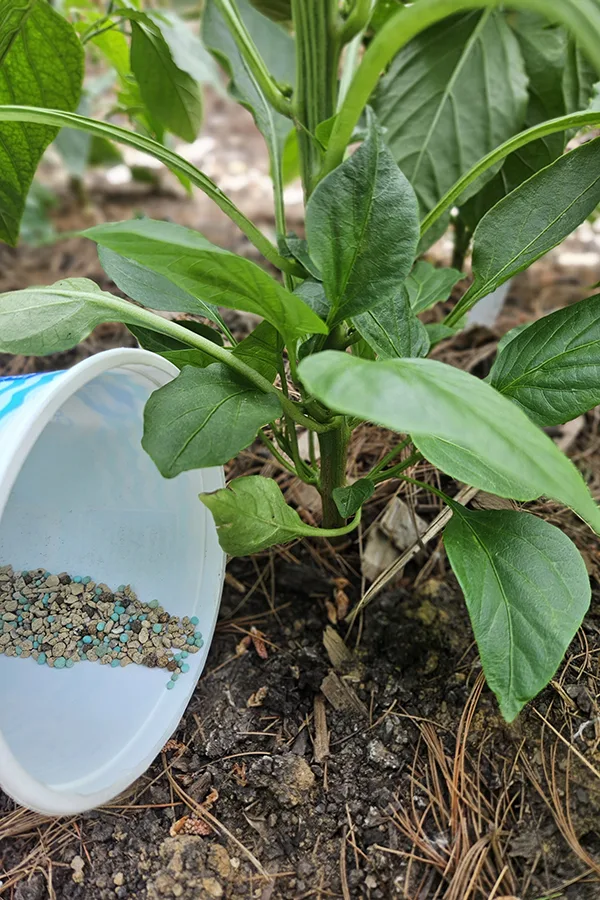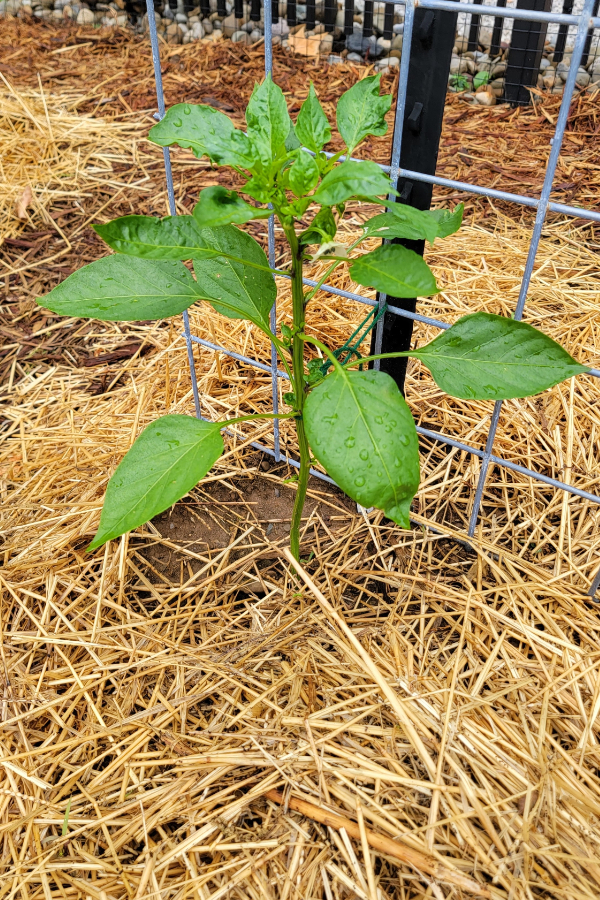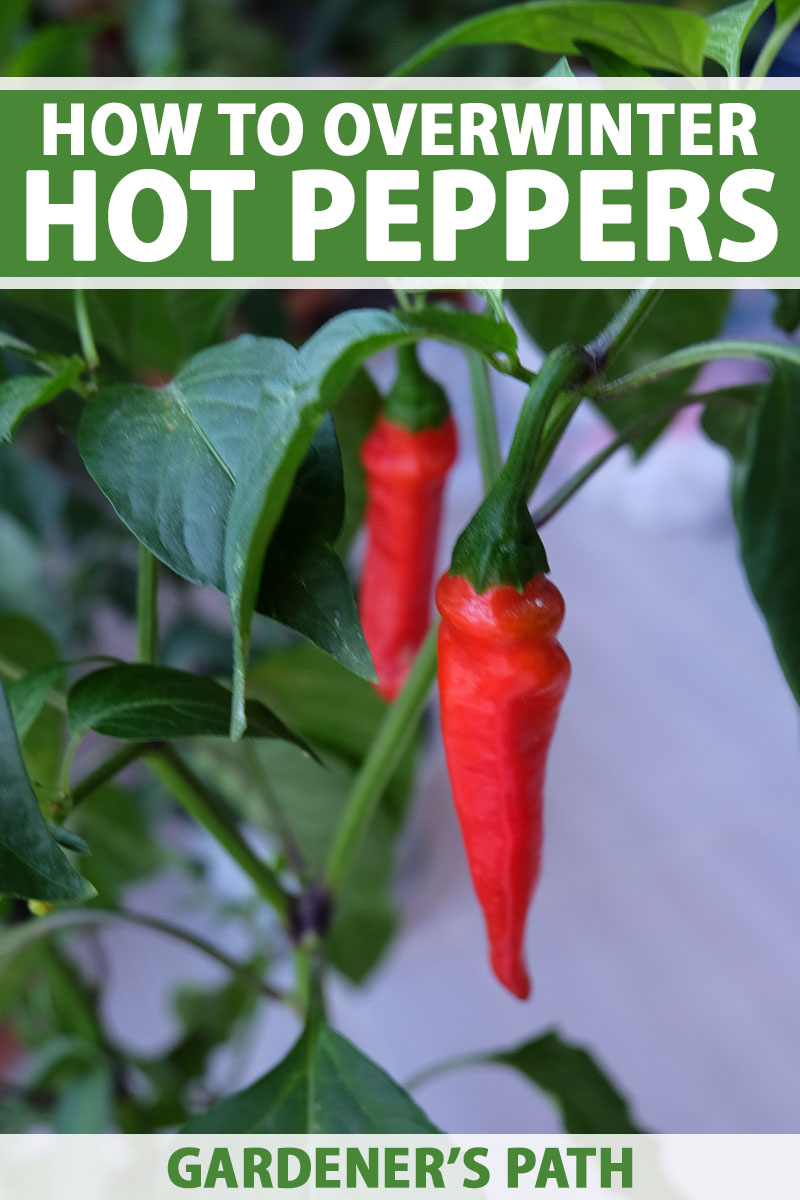Best Fertilizers for Peppers: A Comprehensive Overview to Boost Your Harvest
Best Fertilizers for Peppers: A Comprehensive Overview to Boost Your Harvest
Blog Article
Exactly How Plant Foods Play a Vital Function in Cultivating Healthy and Plentiful Pepper Crops
Plant foods offer as the backbone of effective pepper farming, using a tactical method to nurturing the soil and cultivating optimum plant development. The detailed dance between important nutrients and the pepper plants' physiological processes highlights the essential duty that fertilizers play in making sure a bountiful harvest. From fueling durable root growth to boosting condition resistance, the effect of plant foods is far-ranging in the cultivation of healthy and balanced and worthwhile pepper plants. Stay tuned to reveal the nuanced ways in which fertilizers add to the flourishing of pepper plants and the lasting practices that underpin their efficiency.
Relevance of Nutrient-Rich Plant Foods
The application of nutrient-rich fertilizers plays a critical function in improving the efficiency and top quality of pepper crops in contemporary farming techniques. Pepper plants need a well balanced combination of essential nutrients to prosper and generate high yields of top quality fruits. Phosphorus, potassium, and nitrogen are primary nutrients that are vital for the growth and growth of pepper plants. Nitrogen help in leafy green development and total plant vitality, phosphorus sustains origin advancement and blossom production, while potassium adds to condition resistance and fruit quality.
Insufficient degrees of these nutrients can cause stunted development, decreased returns, and susceptibility to diseases (best fertilizers for peppers). Nutrient-rich plant foods offer a targeted service to make sure that pepper plants get the necessary aspects for optimal growth and performance. In addition, these fertilizers assist enhance dirt fertility over time, producing a lasting environment for lasting pepper cultivation
Enhancing Plant Growth and Development
To optimize plant growth and development in pepper crops, tactical application of nutrient-rich plant foods is important. Fertilizers play an essential function in improving the overall health and performance of pepper plants by giving them with necessary nutrients that may be doing not have in the dirt.
Iron, for circumstances, is needed for chlorophyll production, which is necessary for photosynthesis and total plant development. Zinc plays a crucial role in enzyme activity and hormone synthesis, impacting plant development and growth at a cellular degree.

Boosting Disease Resistance With Fertilizers
By strategically incorporating targeted plant foods, farmers can boost the illness resistance of pepper plants, guaranteeing ideal plant health and wellness and efficiency. Plant foods having vital nutrients like phosphorus, nitrogen, and potassium play an important function in enhancing pepper plants' body immune systems, making them extra resistant to different diseases. Nitrogen, for example, help in the production of proteins that are essential for plant defense reaction. Phosphorus adds to root growth, making it possible for plants to better absorb nutrients and water, therefore enhancing their ability to repel diseases. Potassium regulates procedures that improve general plant wellness, making peppers a lot more durable versus pathogens.

Making The Most Of Pepper Yield With Fertilization
Using a balanced fertilizing approach is essential to directory accomplishing maximum pepper return and making sure optimal plant productivity. By offering peppers with the ideal nutrients at the ideal time, farmers can significantly improve their yield potential. Potassium, nitrogen, and phosphorus are vital aspects for pepper development, with nitrogen aiding in fallen leave and stem advancement, phosphorus supporting origin growth and flower formation, and potassium promoting overall plant health.
To make best use of pepper return, it is essential to perform dirt tests to determine existing nutrition levels and identify any shortages that need to be dealt with. Based upon these outcomes, farmers can establish a tailored fertilizing strategy that fulfills the certain demands of their pepper crops. Furthermore, correct fertilizing methods such as split applications throughout the growing look at this now season can guarantee continual nutrient availability for the plants.

Sustainable Fertilizer Practices for Peppers
In taking into consideration lasting plant food practices for peppers, it is necessary to concentrate on long-lasting dirt health and wellness and ecological stewardship together with taking full advantage of crop efficiency. Sustainable fertilizer practices intend to improve or preserve soil fertility while minimizing adverse environmental influences. One essential technique is making use of organic plant foods such as compost, manure, or cover plants, which not just offer important nutrients to the peppers but also add to soil structure and microbial task. These organic options aid develop raw material in the soil, boosting its capacity to preserve water and nutrients, thereby supporting long-lasting plant health and wellness and durability.
Additionally, precision agriculture techniques, such as dirt testing and targeted nutrient applications, can help maximize plant food usage, making certain that peppers receive the nutrients they need without excess overflow right into waterways. This not just benefits the atmosphere by minimizing pollution yet also conserves costs for farmers by minimizing waste. By embracing sustainable fertilizer practices, pepper growers can protect the health of their crops, dirt, and bordering environments for future generations.
Final Thought
In verdict, fertilizers are essential for growing plentiful and healthy and balanced pepper crops. best fertilizers for peppers. They offer necessary nutrients for plant growth and development, boost illness resistance, and make best use of return. By executing lasting fertilizer methods, farmers can ensure the long-lasting health of their pepper plants and add to a much more environmentally-friendly and reliable farming system
The elaborate dancing between important nutrients and the pepper plants' physical processes underscores the crucial function that plant foods play in guaranteeing a bountiful harvest.To optimize plant growth and development in pepper plants, critical application of nutrient-rich fertilizers is vital. Fertilizers play a vital duty in enhancing the general wellness and performance of pepper plants by providing them with crucial nutrients that may weblink be lacking in the soil.By strategically incorporating targeted fertilizers, farmers can bolster the disease resistance of pepper crops, making sure optimal plant health and performance. Plant foods having necessary nutrients like nitrogen, potassium, and phosphorus play an essential role in strengthening pepper plants' immune systems, making them a lot more durable to numerous conditions.
Report this page